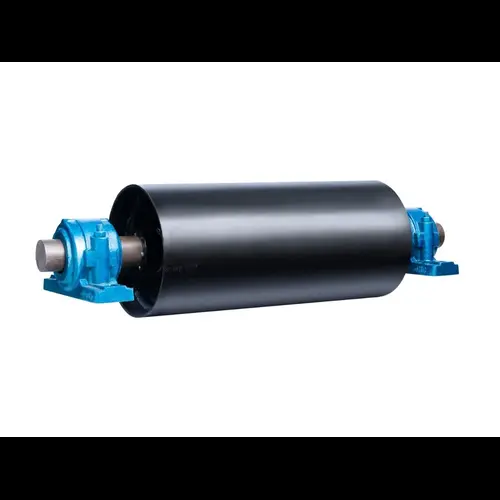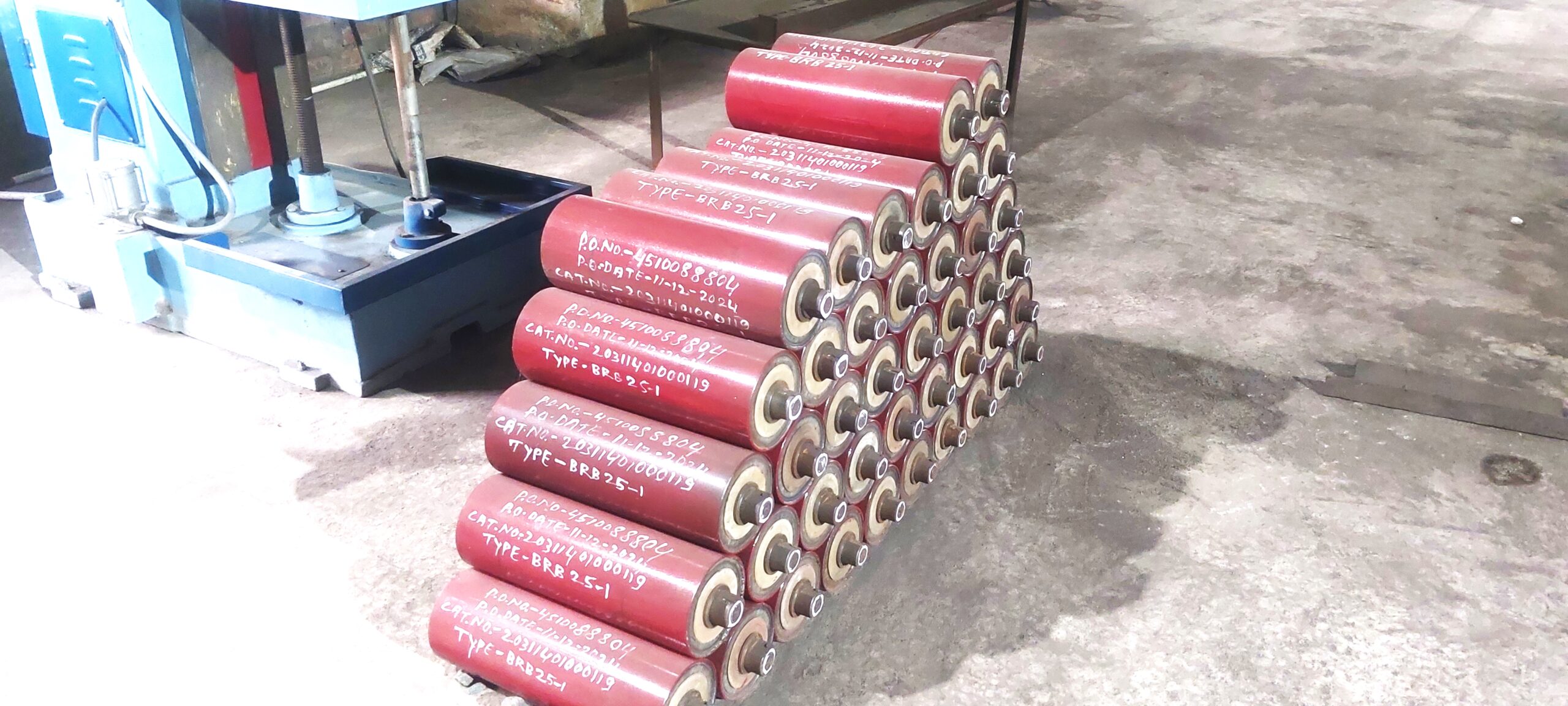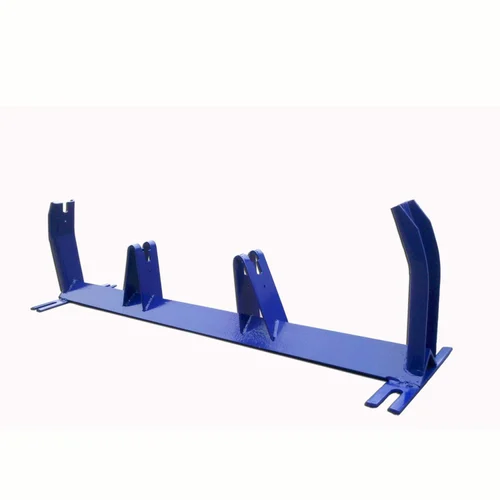Conveyor pulleys, the heart of any material handling system
Conveyor pulleys, the heart of any material handling system, are essential for driving, redirecting, and tensioning conveyor belts. While they may look simple, their manufacturing is a precise process that requires specialized equipment and expertise. Here’s a look at how different types of conveyor pulleys—including drum pulleys, snub pulleys, and drive and driven pulleys—are manufactured.
The Manufacturing Process
The process of creating a conveyor pulley is a blend of precision machining and robust fabrication. It starts with the right materials and ends with a finished product that can withstand the demanding conditions of industrial use.
1. Material Selection
The primary component of a conveyor pulley is its shell, which is typically made from heavy-duty steel plates or pipes. The material is selected based on the pulley’s intended application, considering factors like load capacity and operating environment. The shaft, a critical component that supports the pulley, is made from a high-tensile steel bar. The end discs, which close off the ends of the shell and house the shaft, are also cut from thick steel plates.
2. Shell and End Disc Fabrication
The shell is formed by rolling a steel plate into a cylinder and then welding the seam. For smaller pulleys, a seamless pipe might be used. The end discs are precisely cut using a CNC plasma or laser cutter. This ensures the discs are perfectly round and have the correct central bore for the shaft. In a modern facility, these processes are automated to ensure consistency and accuracy.
3. Machining and Welding
The shaft is machined on a CNC lathe to achieve the required diameter and tolerances for the bearings. The end discs are then welded to the shaft and the shell. This is a critical step, as any misalignment can cause the pulley to be out of balance, leading to excessive vibration and premature wear. In state-of-the-art facilities, robotic welding cells are used to perform these welds with incredible precision and strength.
4. Specialization: Different Types of Pulleys
While the basic manufacturing steps are similar, each type of pulley has unique characteristics that affect its design and fabrication.
Drum Pulleys & Snub Pulleys
A drum pulley has a smooth, cylindrical surface. It’s often used as a non-driving pulley to support and redirect the belt. A snub pulley is a type of non-driving pulley used to increase the wrap angle of the belt around the drive pulley, which improves traction. Both are generally fabricated with a similar process, but the snub pulley is positioned strategically in the conveyor system.
Drive and Driven Pulleys
A drive pulley is the workhorse of the conveyor. It’s connected to a motor and gearbox and is responsible for moving the conveyor belt. To enhance traction and prevent slippage, drive pulleys are often “lagged,” meaning they have a coating on their surface. This lagging can be a rubber sheet or a special ceramic material. The manufacturing process for a drive pulley includes an extra step: applying the lagging to the finished steel shell. This is often done in an autoclave to bond the rubber to the steel firmly.
A driven pulley (also called a tail pulley or return pulley) is at the opposite end of the conveyor from the drive pulley. It is not powered but is critical for maintaining belt tension and direction. Driven pulleys are typically manufactured in the same way as drum pulleys, often without lagging, but are designed to withstand the same heavy loads.
5. Quality Control and Finishing
The finished pulley undergoes rigorous quality checks. The pulley’s surface is inspected for defects, and its rotational balance is tested. Finally, the pulley is coated with a protective layer, such as powder coating or galvanization, to prevent rust and corrosion. The finished product is now ready to be installed and put to work in a demanding industrial environment.



